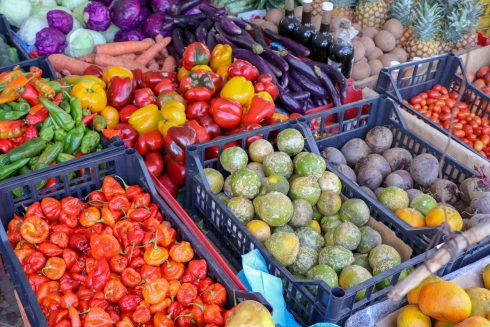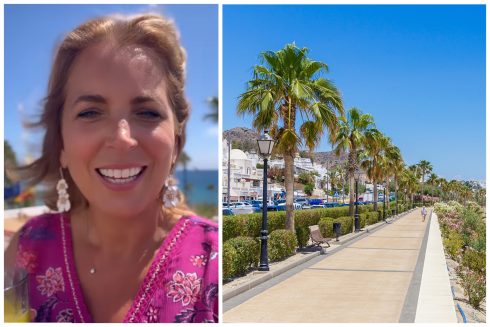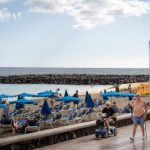NATIONAL Geographic has chosen three Andalucian beauty spots in their ‘must visit’ list.
Although many tourists come to Andalucia for sun, sea and sand, there is so much more to see in Spain’s biggest region.
From dramatic rock formations to diverse wildlife, it’s no wonder National Geographic included three of its best natural attractions in its list of ‘essential beauty spots to visit in Spain’.
Duna de Bolonia, Cadiz
Part of the Parque Natural del Estrecho, the dunes are formed by winds from the Gibraltar strait and can reach up to 30 metres high. This provides visitors with a natural sanctuary in one of Cadiz’s least developed areas. The beach is frequented by surfers and sunbathers alike thanks to strong waves and soft golden sands.
The dunes have a unique ecosystem with junipers, sea lilies and lotus growing on the sands. At the edge of the dunes you’ll also find a tranquil pine forest. Follow the Bolonia-Faro Camarinal path and you’ll get beautiful views of the waves and the Camarinal lighthouse.

You may also be able to see the Baelo Claudia Archaeological Site, a Roman settlement now considered a National Historic Monument.
Nearby attractions include the Playa de Bolonia, which has recently gone viral for the adorable cows who love to sunbathe on the sand and the Piscinas Naturales, known for their ‘therapeutic waters’ and natural clay baths.
The dunes make for a great day trip from Cadiz, just a one hour drive from the coastal city.
Doñana, Huelva
The wetlands are home to thousands of birds, giving the area a ‘wealth of ecosystems that could fill a continent’. The park is recognised as a UNESCO World Heritage site thanks to its bird population, with over 230 species calling Doñana home.
Though famous for its huge flamingo population, which is often so dense it forms a spectacular ‘pink carpet’, the area provides the perfect breeding ground for many animals such as deer, the Iberian lynx and Spanish Imperial Eagles.

Described as ‘one of Europe’s largest and most important wetlands’, you can see various ecosystems in just one day including marshland, lagoons, pine groves, aloe vera, dunes, cliffs, and 30 kilometres of unspoiled white beaches.
Apart from the natural beauty, don’t miss the rustic white village of El Rocio, where you can indulge in local delicacies such as Iberian ham and white prawns.
Visitors can enjoy a spectacular sunset, go wildlife spotting or enjoy a peaceful cruise down the Guadalquivir river. There are many visitor centres throughout and trails which you can enjoy on foot, horseback or cycling.
The vast landscape may seem overwhelming, so National Geographic recommends visiting multiple times, whether that be from the nearby Sevilla, Cadiz or Huelva.
El Torcal de Antequera, Malaga
El Torcal is famed for its rare and dramatic boulders, over 200 million years old. Formed by wind erosion, the area is one of the best examples of this rock formation in Europe. El Torcal’s labyrinthine passageways, caves and chasms have been featured in many films such as Warrior Nun, Emerald City and Fury of the Titans.

You can explore the Parque Natural El Torcal on foot using the many hiking trails, offering amazing views over Antequera. Highlights include the ‘natural sculptures’ of el Tornillo, which has been declared a national monument, alongside el Cáliz and el Sombrerillo.
The area is also home to many caves, including Toro y la Marinaleda I, where visitors can see prehistoric footprints.
A great day out for the family, El Torcal has a diverse range of flora and fauna including lizards, griffon vultures, kestrels and eagle owls.
READ MORE:
- Must visit: 5 palace hotels in Spain’s Andalucia that will make the perfect cosy trip this winter
- These two towns in Malaga province have been added to Spain’s ‘Magical Pueblos’ list
- Spain is branded the third best country in the WORLD for solo travelling











